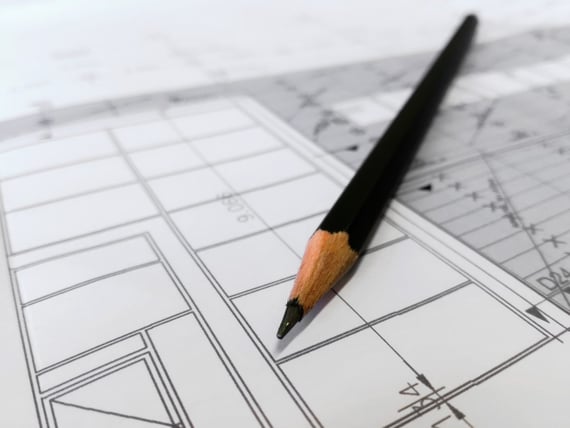Green building is on the rise and builders, developers, investors, brokers and architects are learning the ins and outs of the process. Green building encompasses several things and can be applied to any phase of the building process. To aid builders in knowing whether they are being environmentally friendly or not, the US Environmental Protection Agency has defined seven components of green building. Utilizing these seven components will help you maximize profits and may even land you a lower interest rate on permanent financing.
Energy efficiency and renewable energy. This is a hot button topic among builders, business owners and developers worldwide. Solar panels have become more attainable, manufacturers are making appliances that use less power. The EPA has its Energy Star program, which is designed to provide builders, manufacturers and other organizations with information on improving energy efficiency in homes, buildings, building components and appliances. Reducing energy and reusing energy are important pieces in green building.
Water Efficiency. Not everyone thinks about wasting water. It evaporates, it rains back down to Earth, we use it, and the cycle continues. But if we aren't careful, we can deplete our planet's water supply with overuse. Often people think about shutting off faucets when brushing teeth or taking shorter showers, but there's more to it than that. There are ways to make water efficient products and services, for which the EPA has a program.
While there are water efficiency products available to homeowners, these products and services are geared towards developers and should be implemented during the construction planning process.
Environmentally Preferable Building Materials and Specifications. Certain industrial materials like foundry sand, construction and demolition debris and coal combustion products can be recycled. These materials can even improve the quality of a product because they have similar properties to the materials they replace.
There are rules and guidelines on what can be recycled, what specifications materials should have and what products can be made with recovered materials. Make sure to check the laws before using this material.
Waste Reduction. The EPA has four programs to assist with waste reduction: EPA's Office of Solid Waste, EPA's GreenScapes, EPA's Industrial Materials Recycling Program and The Lifecycle Building Challenge. Each program provides information on how to reduce waste, except the final program, which is a competition for ideas on disassembling a building with the least amount of waste possible and retaining some of the materials for reuse.
Whether building a residential development, office space or something else, waste reduction is an integral part of green building.
Toxics Reduction. The idea here is to reduce toxins or releasing toxic chemicals into the air or ground. There are several programs, seven just from the EPA, which help provide information on how to reduce toxins. There is also information for consumers about products which contain mercury in the home and mercury in schools, but these programs from the EPA are geared towards builders and developers. Reducing the amount of toxins released during the building process greatly reduces your carbon footprint.
Indoor Air Quality. This is a really big part of green building. Reducing the amount of toxics released into the outdoor air and reducing the amount of waste accrued during the building process is great for the ozone and reducing landfill size, but buyers want the air quality inside their home to be better than outside. Especially people who are homebound, elderly or have a chronic illness.
Indoor air quality matters the most to those people, but it's also important for healthy people to have breathable air in their homes. No one wants to breathe in chemicals or smell something funny when they switch from heat to air and vice versa. This part of building green isn't just about the environment, it's about the people who will reside in homes or enter and exit buildings.
Smart Growth and Sustainable Development. Smart growth "covers a range of development and conservation strategies that help protect our health and natural environment and make our communities more attractive, economically stronger, and more socially diverse." This may seem like it's more aesthetic than anything, but it's not just about being pretty. It's also about being environmentally safe, keeping people healthy and looking good while doing it. This is a key part in planning new developments, outdoor malls, business parks and more.
The seven components of green building will get you on the right track for being environmentally friendly with your next project. Be sure to check out the EPA's website for specific programs, but also remember there may be other resources out there. Do your research before you build!

Recent Posts
- Spec Home Loans: Complete Guide to Construction Financing for Builders
- Spec Construction Loans: A Spec Line of Credit Is Worth the Paperwork
- Spec Homes and Pre-Sale Homes: Relative Benefits for a Spec Builder
- Spec Construction Success: Insights for the Investor Builder
- How Is a Spec House Different From Other Kinds of House Construction?
